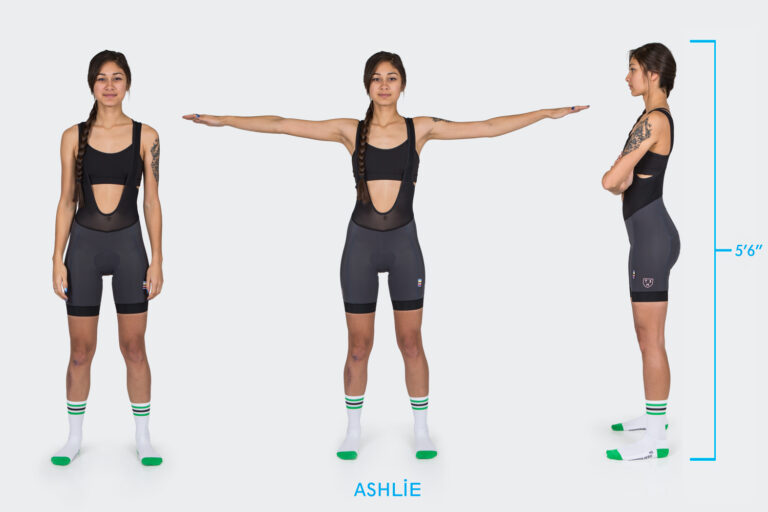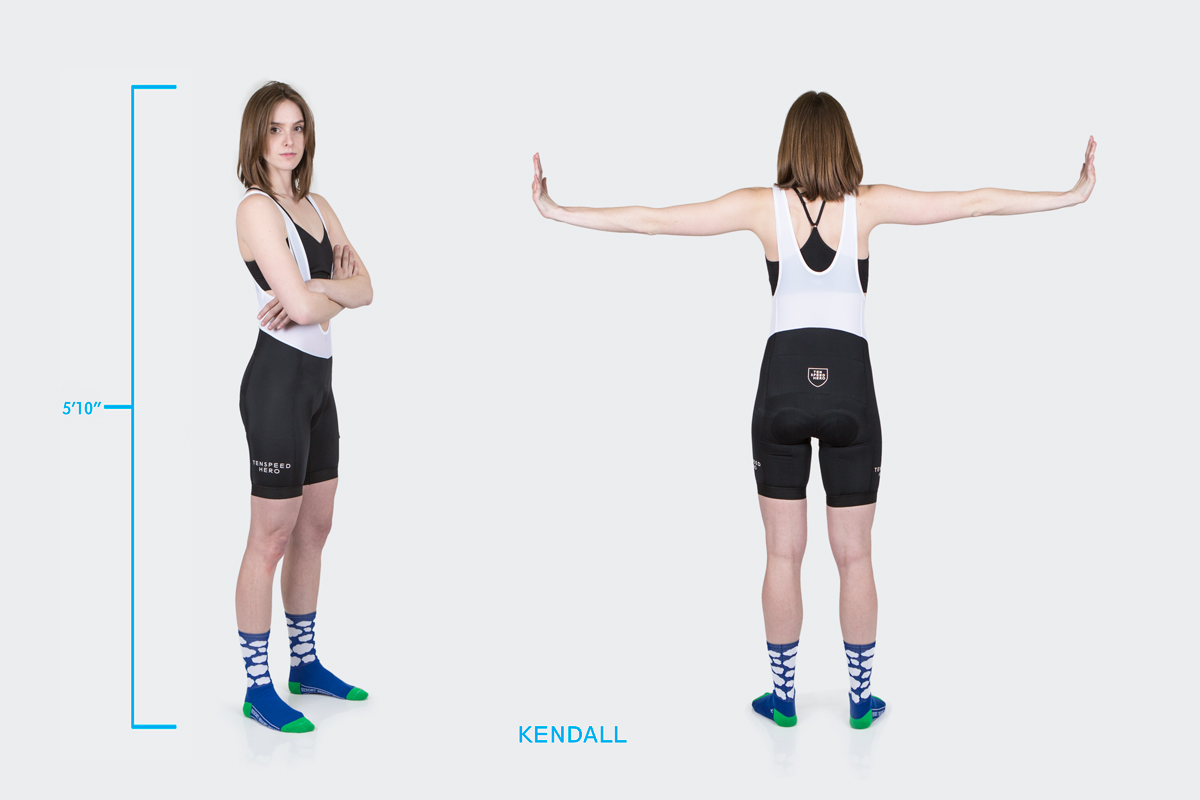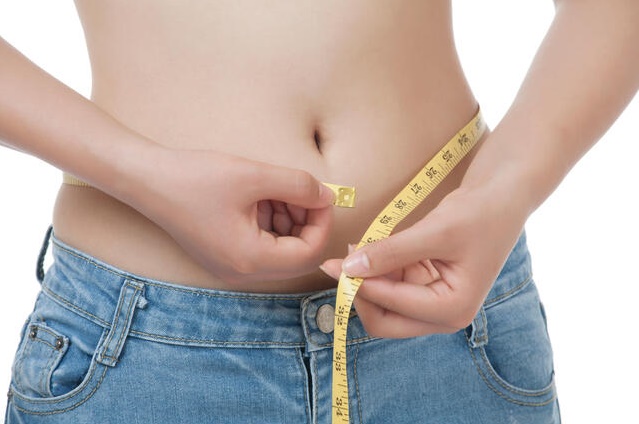
A 25 inch waist is a measurement that refers to the circumference of the waistline, which is the narrowest part of the torso, located between the ribcage and the hips. People often associate this measurement with being slim, as it indicates a relatively small waist size. Although some cultures and contexts may consider a 25-inch waist desirable, it is crucial to remember that ideal body sizes and shapes vary widely across different communities and historical periods.
Achieving a 25 inch waist may require a combination of factors such as genetics, diet, exercise, and lifestyle. Some people may naturally have a small waist, while others may need to adopt healthy habits and engage in waist-slimming activities to achieve their desired size. It is essential to approach waist size and body image with a balanced and realistic perspective, avoiding harmful or extreme behaviors that could compromise one’s physical or mental health.
See How Your Waist Compares:
- 20 inch waist
- 21 inch waist
- 22 inch waist
- 23 inch waist
- 24 inch waist
- 26 inch waist
- 27 inch waist
- 28 inch waist
- 29 inch waist
Contents
- Is a 25 inch waist small?
- How small is a 25.5 inch waist?
- What does a 25 inch waist look like?
- How to get a 25 inch waist?
- Lose Some Abdominal Fat
- Don’t Train Your Obliques Directly
- Increase Your Protein Intake
- Which celebrities have a 25 inch waist?
- What Hip Size Should You Have for a 25 Inch Waist?
- 25 Inch Waist, 35-Inch Hips
- 25 Inch Waist, 36 Inch Hips
- 25 Inch Waist, 37 Inch Hips
- Is it good to have a 25 inch waist as a woman?
- Conclusion
- References
- Related
Is a 25 inch waist small?
A 25 inch waist can be considered small in comparison to the average waist size. According to the Centers for Disease Control and Prevention (CDC), the average waist circumference for adult women in the United States is 38.7 inches, while the average waist size for adult men is 40.3 inches. Therefore, a 25 inch waist would be significantly smaller than the average waist size for both men and women.
However, it is important to note that factors such as body type, height, and cultural norms can influence what is considered small or large. Some cultures associate a small waist size with beauty and femininity, making it more desirable. The hourglass figure, with a small waist and proportionally larger hips and bust, has been a traditional beauty ideal for women in many cultures.
Furthermore, while a 25 inch waist may be considered small, it does not necessarily mean that it is healthy or attainable for everyone. Body size and shape are influenced by a variety of factors, including genetics, diet, exercise, and lifestyle. Therefore, it is essential to focus on overall health and well-being rather than striving for a particular waist size.
How small is a 25.5 inch waist?
A 25.5 inch waist is small for adults, especially for women. However, the perception of “smallness” may vary based on individual body shape and size, as well as cultural and societal norms.
To put things in perspective, according to the Centers for Disease Control and Prevention (CDC), the average waist circumference for adult women in the United States is 38.7 inches. In comparison, a waist size of 25.5 inches is significantly smaller and falls within the range of what is a healthy waist size for women, which is between 24 and 35 inches.
However, it’s important to note that waist circumference alone does not give a complete picture of overall health. Other factors, such as body mass index (BMI), muscle mass, and body fat percentage, also play a role in determining overall health and fitness.

Moreover, people may have different body shapes and proportions, and what looks small on one person may not necessarily look the same on another. It’s also worth noting that cultural and societal norms can influence how people perceive body size and shape, and there can be unrealistic or unhealthy standards imposed on individuals, particularly women.
In summary, a waist size of 25.5 inches is considered small for adults, especially for women. However, it’s important to prioritize overall health and fitness over a specific waist measurement, and to avoid comparing oneself to unrealistic or unhealthy standards.
What does a 25 inch waist look like?
A 25 inch waist can appear differently on different body types and heights. Generally speaking, people would consider a 25 inch waist small, giving the appearance of an hourglass figure – a shape with a small waistline and proportionally larger hips and bust. Women are often considered more attractive in this shape, which has been a traditional beauty ideal. However, body size and shape are influenced by many factors, and there is no one “ideal” shape or size. It is important to celebrate body diversity and focus on maintaining a healthy lifestyle instead of striving for a particular appearance.
Additionally, it is essential to remember that images in the media and on social media can be edited and airbrushed, creating unrealistic beauty standards. It is crucial to avoid comparing oneself to these unrealistic ideals and to focus on self-acceptance and self-love.
How to get a 25 inch waist?
Achieving a 25 inch waist may require a combination of factors such as genetics, diet, exercise, and lifestyle. However, there are certain steps you can take to help reduce your waist size and achieve your desired shape.

Lose Some Abdominal Fat
One of the most effective ways to reduce waist size is to lose some abdominal fat.Getting rid of belly fat can be tough, but you can make progress if you keep trying. Doing exercises like running, biking, or swimming can help you burn calories and lose fat from your whole body. Additionally, strength training can help increase muscle mass, which can help boost metabolism and burn more calories throughout the day.
However, it is important to remember that spot reduction is not possible. While exercise can help reduce overall body fat, it is not possible to target fat loss in specific areas, such as the waistline. Therefore, it is essential to focus on overall health and well-being rather than striving for a particular waist size.
Don’t Train Your Obliques Directly
While exercising the core is important for overall strength and stability, it is best to avoid direct oblique training if you are looking to achieve a smaller waistline. Training the oblique muscles can increase their size, which can make the waist appear wider. Therefore, it is best to focus on exercises that engage the entire core, such as planks, crunches, and Russian twists, rather than exercises that isolate the obliques.
Increase Your Protein Intake
Eating a diet rich in protein can help support muscle growth and repair, which can help increase metabolism and burn more calories throughout the day. Additionally, protein is a key nutrient for satiety, which can help control appetite and prevent overeating. Incorporating protein-rich foods into your diet, such as lean meats, fish, eggs, and legumes, can help support weight loss and overall health.
However, it is important to remember that a balanced and varied diet is essential for overall health and well-being. In addition to protein, be sure to incorporate a variety of fruits, vegetables, whole grains, and healthy fats into your diet to ensure you are getting all the nutrients your body needs.
In addition to these steps, there are some additional tips that can help you achieve a smaller waistline:
- Avoid sugary and processed foods, which can contribute to weight gain and bloating
- Stay hydrated by drinking plenty of water throughout the day
- Get enough sleep, as sleep deprivation can contribute to weight gain and increase appetite
- Practice stress-reducing activities, such as yoga or meditation, as stress can lead to overeating and weight gain
It is important to remember that achieving a smaller waistline should not be the sole focus of your health and fitness journey. A healthy and balanced lifestyle should include regular exercise, a nutritious diet, and self-care practices that support overall well-being. It is essential to approach waist size and body image with a balanced and realistic perspective, avoiding harmful or extreme behaviors that could compromise one’s physical or mental health.
Which celebrities have a 25 inch waist?
Many people are curious about the waist sizes of their favorite celebrities. While it is important to remember that everyone’s body shape and size is unique, it can be interesting to see what measurements some celebrities have
It can be challenging to determine the exact waist sizes of celebrities, as they may not publicly disclose this information. However, there are some celebrities who have been reported to have a 25 inch waist or close to it. Here are a few examples:
- Scarlett Johansson: This actress is known for her hourglass figure, with a reported 25 inch waist and 36 inch hips.
- Beyonce: Beyonce has a famously curvaceous figure, with a reported 25 inch waist and 38 inch hips.
- Jennifer Lawrence: This actress has been reported to have a 25 inch waist and 36 inch hips.
- Kim Kardashian: Known for her hourglass figure, Kim Kardashian has been reported to have a 24 inch waist and 39 inch hips.
It is important to remember that these are just reported measurements and may not be accurate. Additionally, it is not necessary to compare oneself to celebrities or strive for a particular body shape or size. It is essential to focus on overall health and well-being, rather than striving for a particular appearance.
What Hip Size Should You Have for a 25 Inch Waist?
The hip size that is typically associated with a 25 inch waist can vary depending on body shape and proportions. However, there are some general guidelines that can be used to estimate hip size based on waist size.
25 Inch Waist, 35-Inch Hips
A waist size of 25 inches with 35 inch hips would result in a relatively straight, athletic figure. This shape is often referred to as a “banana” or “rectangle” shape. While this shape can be desirable for some, it is important to remember that body diversity should be celebrated and that there is no one ideal shape or size.
25 Inch Waist, 36 Inch Hips
A waist size of 25 inches with 36 inch hips would result in an hourglass figure. Many cultures consider women with a well-defined waistline that is smaller than the hips and bust to be attractive. This shape is characterized by a significant difference between the waist and the hips and bust.
25 Inch Waist, 37 Inch Hips
A waist size of 25 inches with 37 inch hips would result in a more pronounced hourglass figure. Many cultures have traditionally considered a small waistline and proportionally larger hips and bust as desirable and characterized this shape as a beauty ideal for women.
It is important to remember that these are just general guidelines and that body shape and size can vary widely across individuals. It is essential to focus on overall health and well-being rather than striving for a particular appearance or shape.
Is it good to have a 25 inch waist as a woman?
Having a 25 inch waist as a woman can be desirable for some and is small in comparison to the average waist size. However, it is important to remember that ideal body sizes and shapes vary widely across different communities and historical periods. Additionally, what is small or large can vary depending on factors such as body type, height, and cultural norms.
Body size and shape, influenced by genetics, diet, exercise, and lifestyle, can vary from person to person. Although a 25-inch waist may be seen as attractive in some situations, it is not necessarily healthy or achievable for everyone. Therefore, it is essential to focus on overall health and well-being rather than striving for a particular waist size.

Furthermore, it is important to remember that images in the media and on social media can be edited and airbrushed, creating unrealistic beauty standards. It is crucial to avoid comparing oneself to these unrealistic ideals and to focus on self-acceptance and self-love.
Staying healthy is important for everyone, no matter what size you are. Eating good food, exercising, and taking care of your mind and feelings are all important for being healthy. It’s also important to not worry too much about your body size and to be kind to yourself.
Conclusion
In conclusion, people often associate a 25-inch waist with being slim and consider it small compared to the average waist size for both men and women in the United States. However, it’s important to note that various factors such as body type, height, and cultural norms can determine what is small or large. Ideal body sizes and shapes also vary widely across different communities and historical periods.
Achieving a 25-inch waist may require a combination of factors such as genetics, diet, exercise, and lifestyle. Remember to think about your body in a good way and be realistic. Don’t do things that can hurt your body or mind. Stay healthy and happy!
Don’t worry if celebrities have a small waists. Everyone is different and it’s important to be healthy. Eating healthy food, exercising, and taking care of yourself are what really matters. Let’s celebrate our differences!
Just looking at how big or small your waist is is not enough to know if you’re healthy. You also need to think about other things like how much fat is in your body, how much you weigh, and if you’re taking care of yourself by eating healthy food and exercising. Taking care of your body and mind is important for staying healthy!
Lastly, it is important to focus on overall health and well-being rather than striving for a particular waist size or body shape. Embracing body diversity and practicing self-acceptance and self-love is key to a healthy relationship with one’s body.
References
- Centers for Disease Control and Prevention. (2021). Adult Obesity Facts. Retrieved from https://www.cdc.gov/obesity/data/adult.html
- Bazzocchi, A., Filonzi, G., Ponti, F., Albisinni, U., & Guglielmi, G. (2017). The role of DXA in sarcopenia. Aging Clinical and Experimental Research, 29(4), 593-602. doi: 10.1007/s40520-016-0674-4
- Nindl, B. C., & Alemany, J. A. (2015). Tackling the female athlete triad. ACSM’s Health & Fitness Journal, 19(2), 14-21. doi: 10.1249/fit.0000000000000082
- Harvard Health Publishing. (2019). Abdominal fat and what to do about it. Retrieved from https://www.health.harvard.edu/staying-healthy/abdominal-fat-and-what-to-do-about-it
- Stiegler, P., & Cunliffe, A. (2006). The role of diet and exercise for the maintenance of fat-free mass and resting metabolic rate during weight loss. Sports Medicine, 36(3), 239-262. doi: 10.2165/00007256-200636030-00005